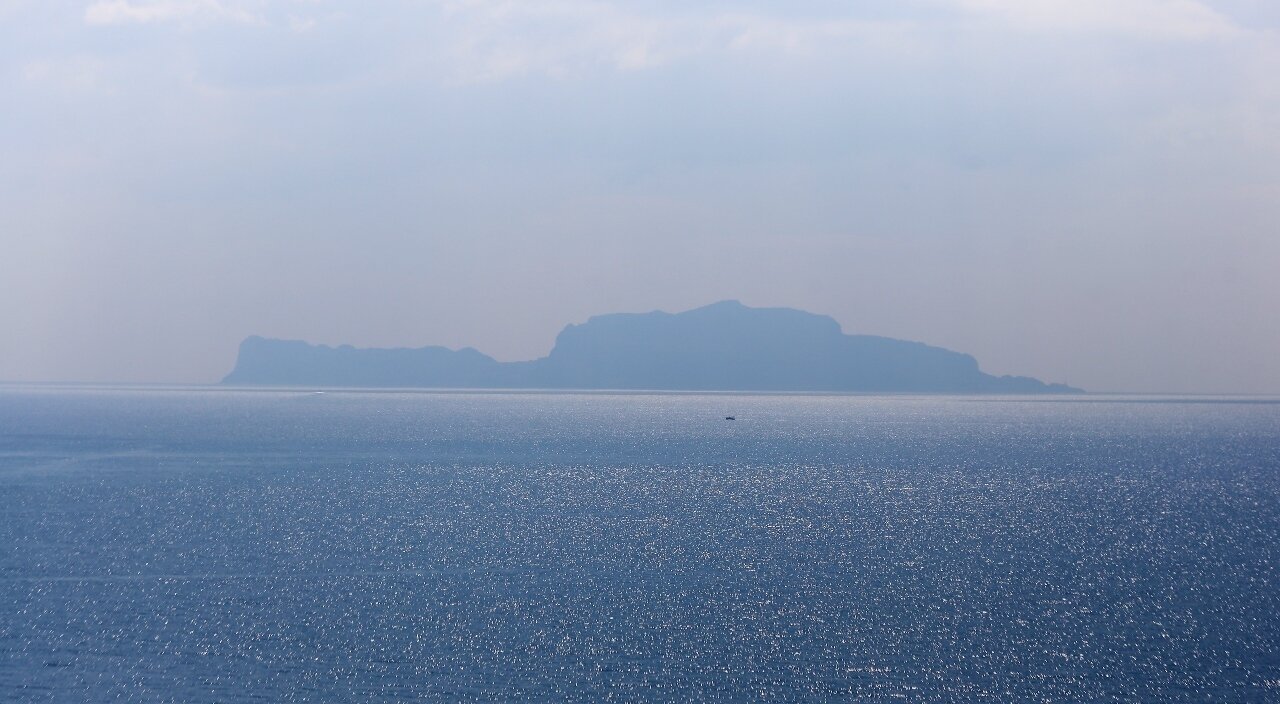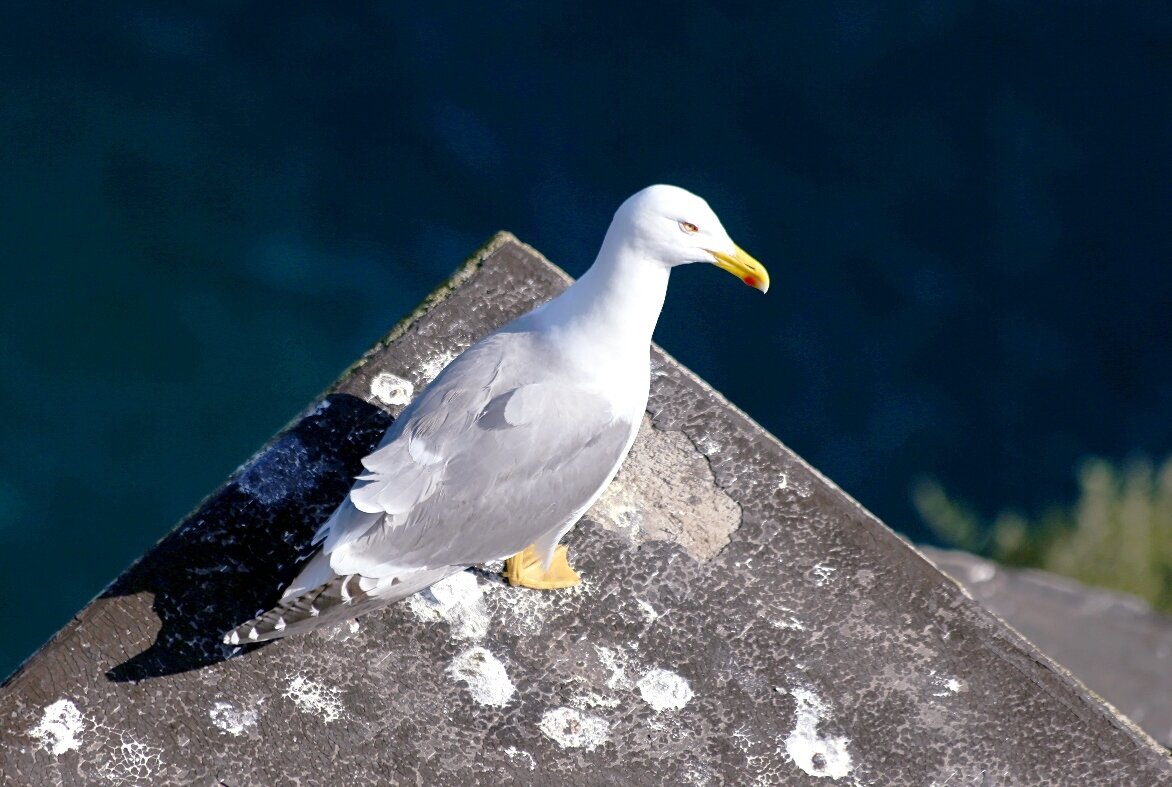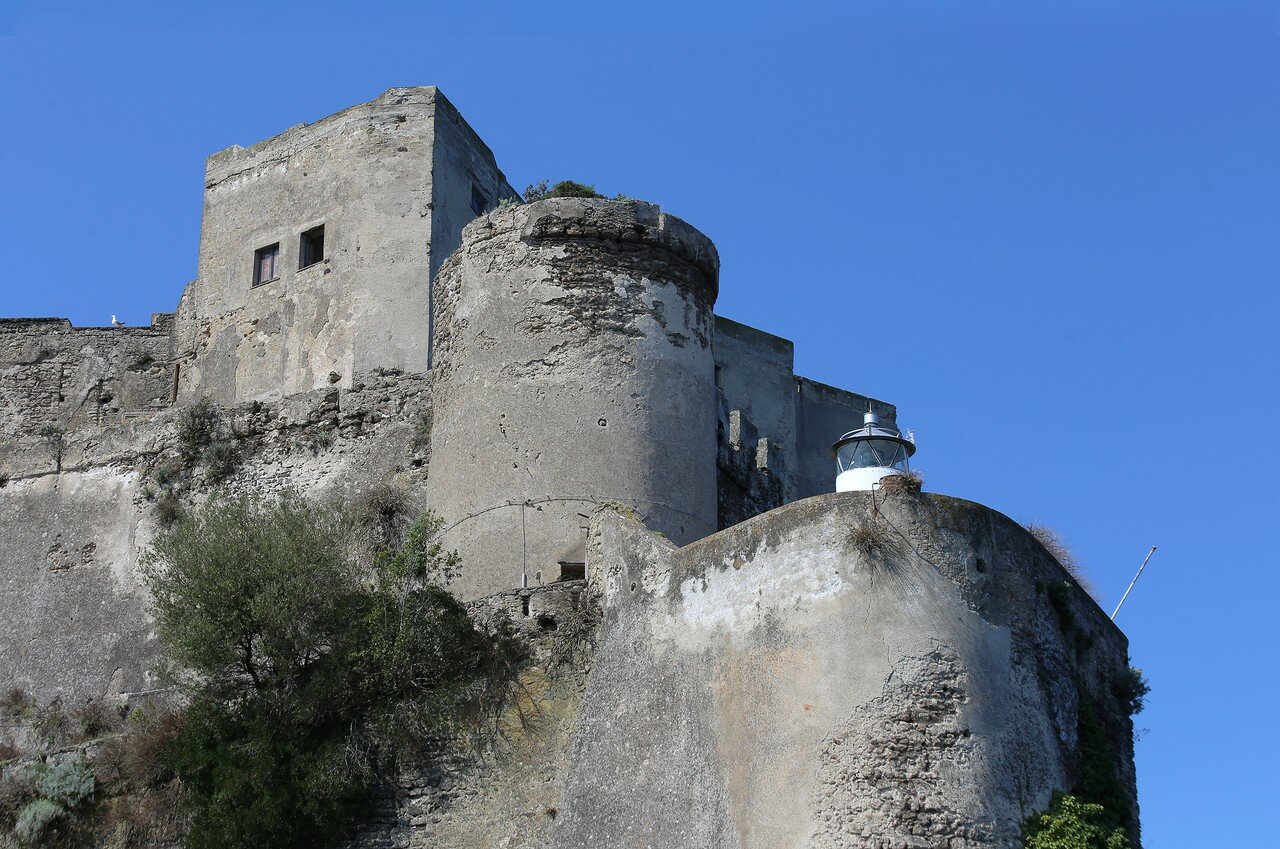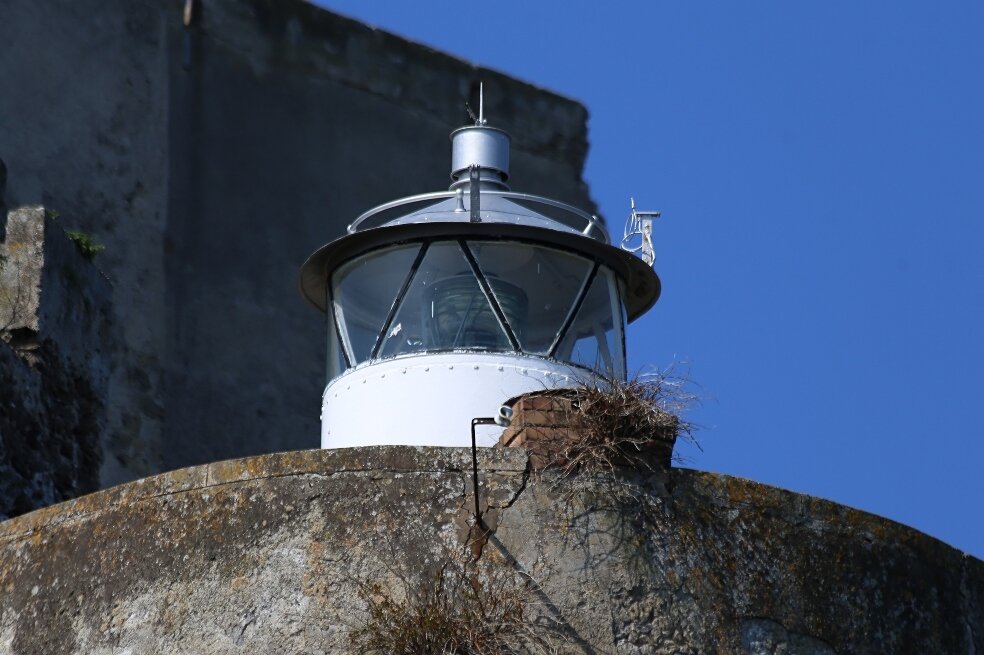Aragonese castle. Terrazzo degli Ulivi (Terrace of olive trees)
In the Northern part of the island, under the walls of the castle, there is a small garden, planted with olive trees (on map).

It is the highest point of the island accessible to tourists and the best view of the Phlegraean Islands of the archipelago - Vivar and Procida. To the left of the Islands are visible the volcanoes of the Phlegraean fields.

vivara (foreground) is the smallest island archipelago represents part of a collapsed volcanic cone. It has an area of 0.4 square kilometers, a height of 110 meters. Island linked to Procida by a bridge, but almost uninhabited.

Procida - 10 times larger and populated quite densely. The island has an ancient fortress and monastery, but the tourists he's mastered poorly. For Procida stretches of water of the Gulf of Naples, over which is guessed by the bulk of mount Vesuvius.

If you look to the right of the Vesuvius, majoraspect blue silhouette of the island of Capri.

Looking down, will see the vaulted roof and dome of the the Church of Santa Mria delle Grazie

Pretty filthy seagulls.

to the Left, from behind the walls of the castle, peeking out the coast of Ischia Porto.

Here you can see the house of Professor of Malcovati, marked the beginning of recreational use of the thermal springs. The house is also notable because in it a couple of times visited SYKE Brodsky, a friend of the Professor. The poem "Ischia in October" is written here.

Little farther Church and monastery of St. Anthony, on the shore in front of it - hotels Miramare E Castello and MareBlue.

Next is a popular holiday destination - beach Fishing, in April, of course, still empty.

Well, and the green Cape Molino see the lighthouse and the Harbor entrance of Porto di Ischia.


the castle Itself was built in 1441 the king of Aragon Alfonso V the Magnanimous, king of Naples, Alfonso I. a Year later the castle, together with the island of Ischia came into the possession of Lucrezia d Alagnon, mistress of the king.

In the late 15th century the castle became the fiefdom of a noble Aragonese d Avalov kind. A renowned poet of the Renaissance, Vittoria Convoy of 4 years was brought up in the family Avalov and in 1509 became the wife of Ferrante of Avalos. In this period the castle was one of the centers of Italian culture - Vittoria guests were many famous writers and artists.

Castle since 1912, is privately owned and is currently closed to tourists. The owners have worked consistently to restore the historic sites of the island, so we can hope that someday it will be possible to get inside these walls.
